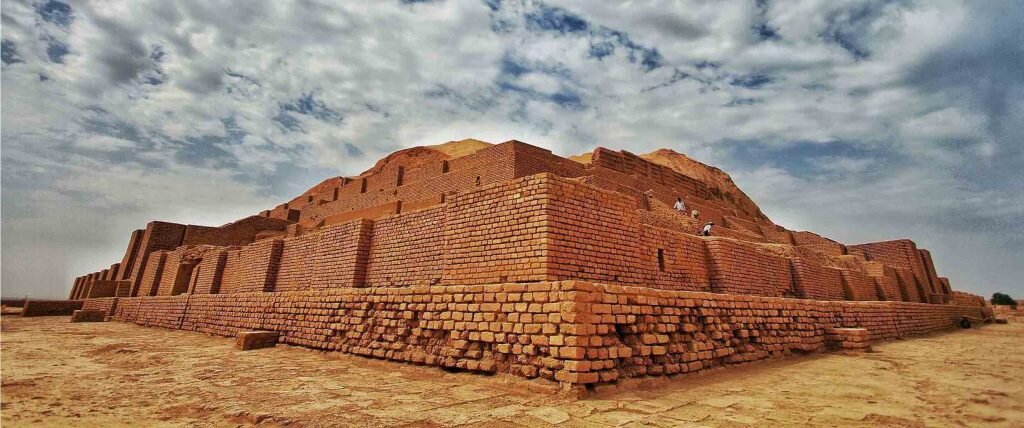INSUBCONTINENT EXCLUSIVE:
of theft, investigations have proven that the ancient inscriptions of the World Heritage site, which is a ruined prehistoric ziggurat and a
top tourist destination in southwestern Khuzestan province, have not been lost, the director of the site has said.Over the past few weeks,
attackers entered the area intending to damage this historical monument, but fled when the guard entered after damaging a part of the wall,
the official added.Immediately following this incident, a case was filed with law enforcement, and a legal investigation is ongoing, she
explained.As part of the initial expert visit, the possibility of theft was also investigated, and after reviewing the photogrammetric
documentation and the existing condition of the building, it was determined this was vandalism rather than theft, she noted.Tchogha Zanbil
is amongst the topmost tourist attractions in southwest Iran, as it is considered by many the finest surviving example of Elamite
architecture in the globe.The ziggurat bears testimony to the unique expression of the culture, beliefs, rituals, and traditions of one of
the oldest indigenous communities on the Iranian plateau.Inscribed on the UNESCO World Heritage list in 1979, the ziggurat overlooks the
ancient city of Susa (near modern Shush) in the modern Khuzestan province.Its construction started in c
1250 BC upon the order of the Elamite king Untash-Napirisha (1275-1240 BC) as the religious center of Elam dedicated to the Elamite
divinities Inshushinak and Napirisha.UNESCO says that Tchogha Zanbil is the largest ziggurat outside of Mesopotamia and the best preserved
of this type of stepped pyramidal monument.The Elamite structure was given a facing of baked bricks, several of which have cuneiform
characters giving the names of deities in the Elamite and Akkadian languages.It was never been completed as thousands of unused bricks left
Tchogha Zanbil was excavated in six seasons between 1951 and 1961 by Roman Ghirshman, a Russian-born French archeologist who specialized in

